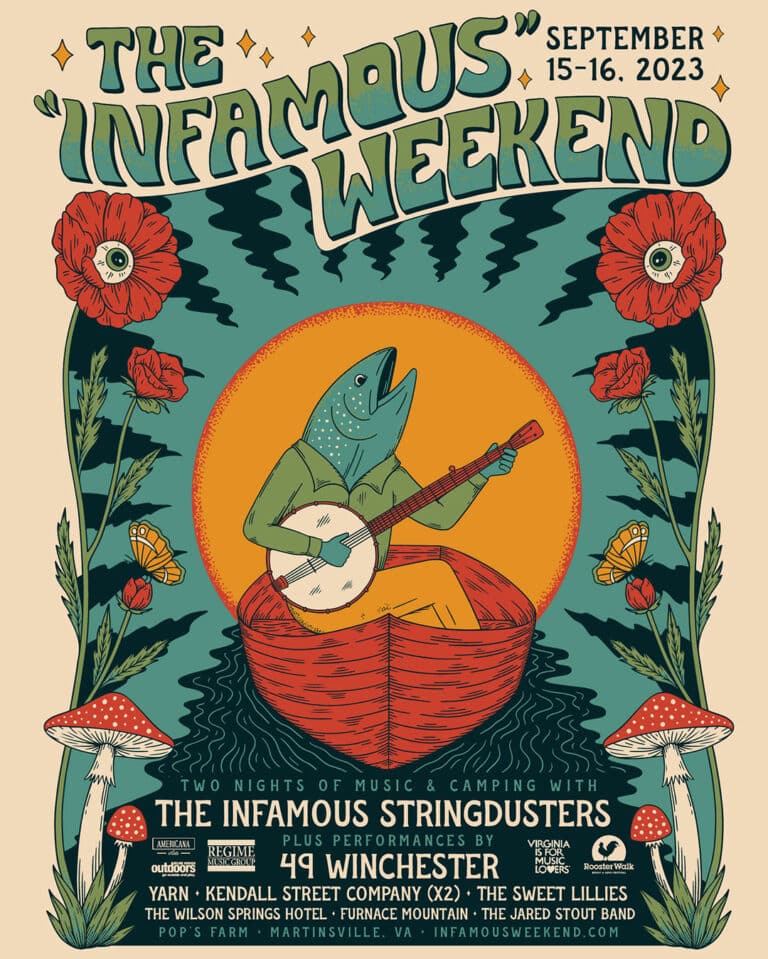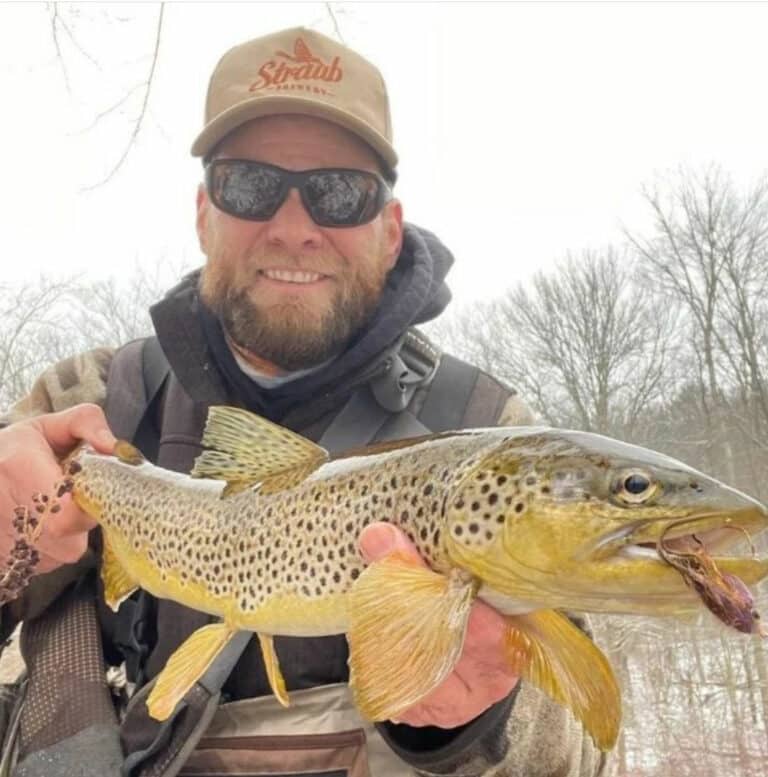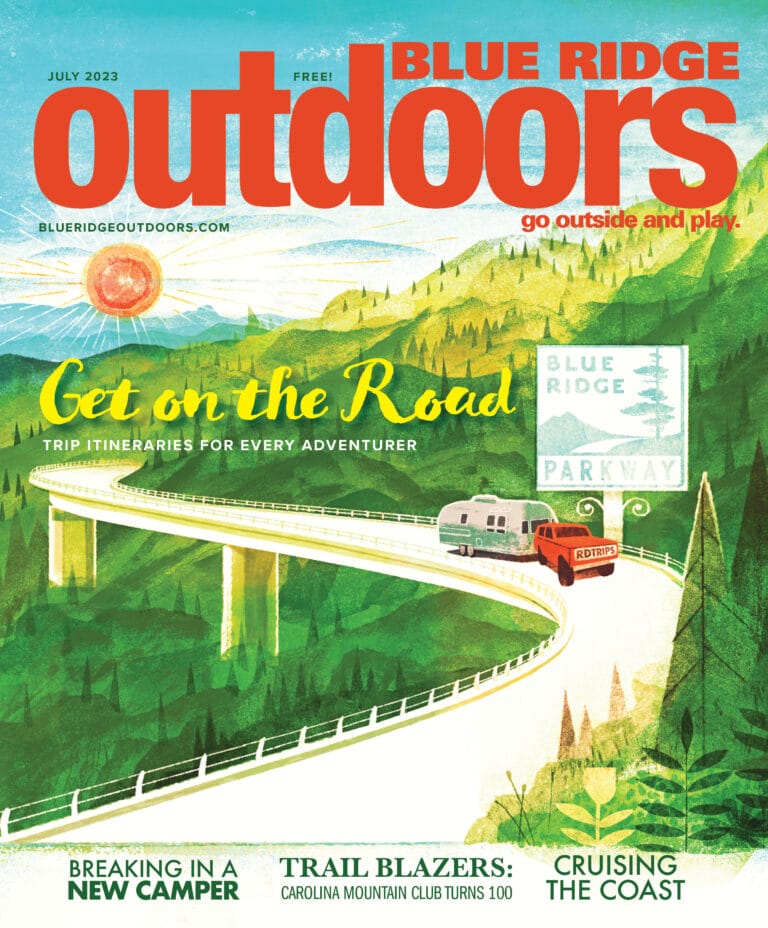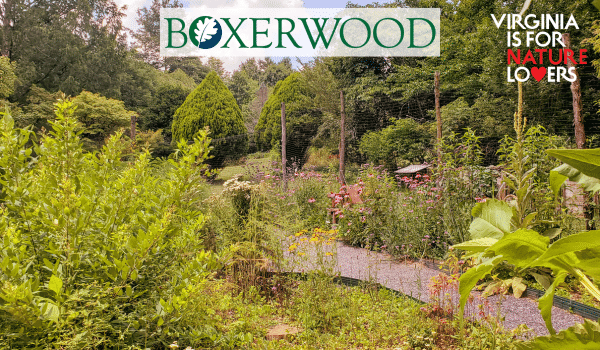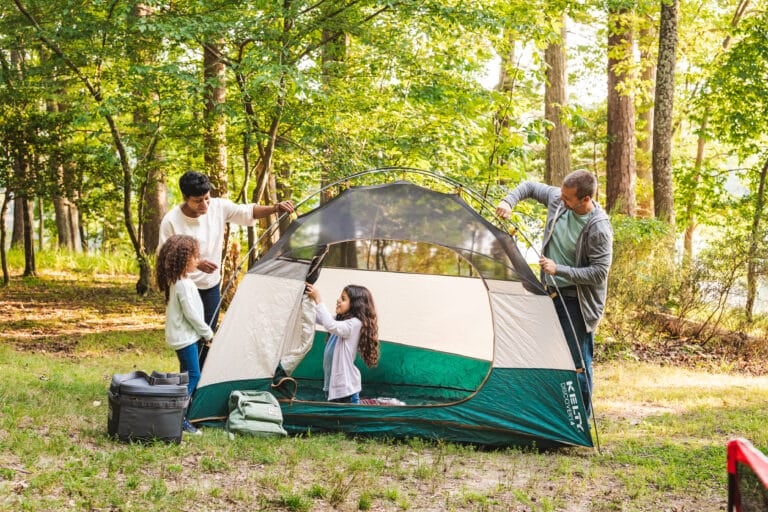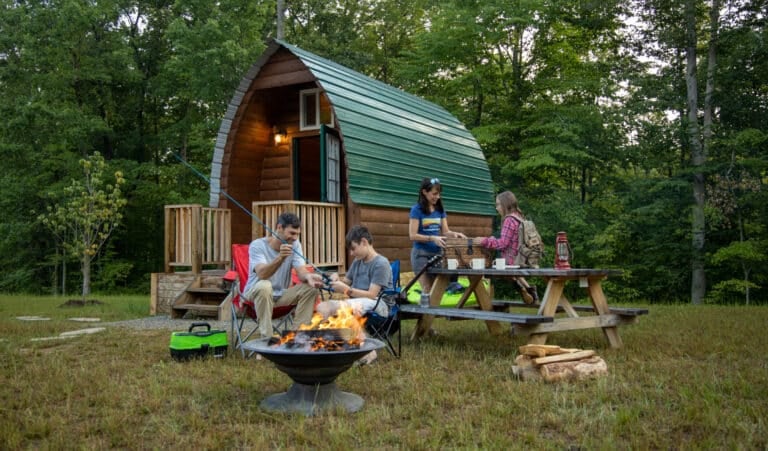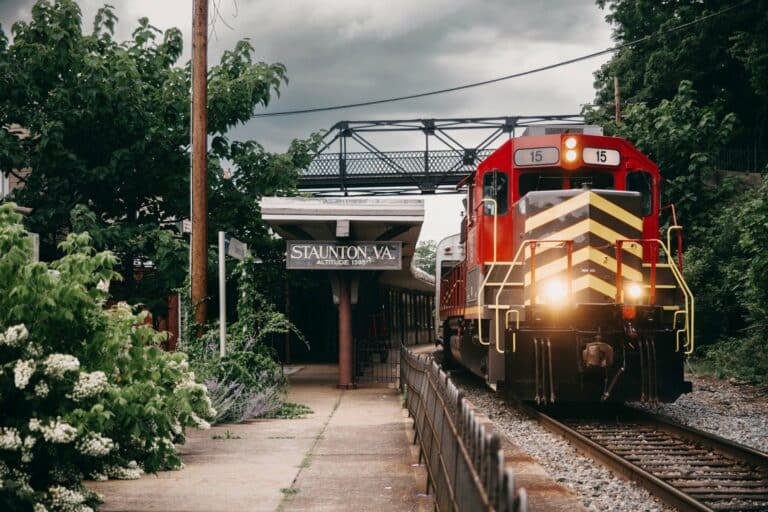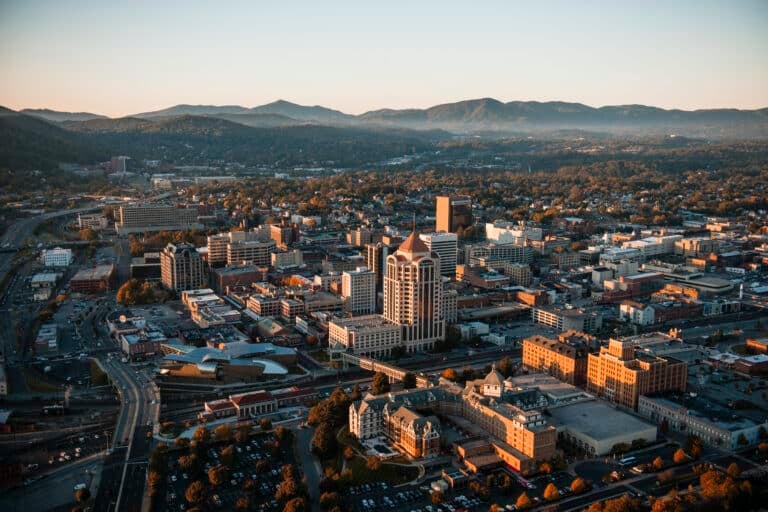 The Appalachian Mountains are one of the Earth’s oldest mountain chains—they once soared to heights of nearly 30,000 feet, and today they are home to some of the most diverse ecosystems on the planet. At the same time, the Appalachians—and the people who live therein—are threatened by misunderstanding, untruths, and industrial ravaging. This fractured relationship is explored in the four-part film Appalachia: A History of Mountains and People, which recently debuted on PBS. Producers Jamie Ross and Ross Spears shared their thoughts with BRO about their decade-long documentary project.
The Appalachian Mountains are one of the Earth’s oldest mountain chains—they once soared to heights of nearly 30,000 feet, and today they are home to some of the most diverse ecosystems on the planet. At the same time, the Appalachians—and the people who live therein—are threatened by misunderstanding, untruths, and industrial ravaging. This fractured relationship is explored in the four-part film Appalachia: A History of Mountains and People, which recently debuted on PBS. Producers Jamie Ross and Ross Spears shared their thoughts with BRO about their decade-long documentary project.
The film begins with the statement that “More is known that is untrue about Appalachia than any other place in the country.” Why is that?
RS: Stereotypes of Appalachia started being printed in the 1870s. Travel writers would come to Appalachia and publish all sorts of stories about the strange land and peculiar people. That became the image.
JR: It was also an interesting phenomenon that went hand-in-hand with the destructive industries. As Judy Bonds says, “If you lower a people’s IQ 20 or 30 points, you don’t feel so bad taking everything away from them.”
Is there one word you could use to describe the spirit of the Appalachian people?
RS: Perseverance. I generally think of Appalachians as hard-working people with a lot of determination. For people throughout the history of Appalachia, it’s never been a particularly easy place to live. It’s backbreaking to be working a subsistence farm or a coal mine.
Is there a single great lesson that you took away from your work on Appalachia?
JR: The biggest lesson we took away from the project is the richness of the region. I lived in Asheville for 15 years and went mountain biking or hiking every weekend. I spent a lot of time in the woods. But I didn’t begin to know the richness of this region, in terms of the rich mosaic of cultures we have or the diverse biological mosaic.
What’s the greatest threat facing Appalachia today?
RS: Mountaintop removal mining. It’s the most destructive, criminal thing we have ever done to the land in this country. Any objective observer who looks at it from the outside will see 5,000 acres at a time being destroyed forever. There may be some sort of lipstick-on-a-corpse kind of things done to make it look prettier, but for what? Six months of electricity. A few people get rich, a few people make solid wages for a time, but it’s not sustainable. And already 500 mountains have been destroyed.
JR: Mountaintop removal mining is an absolute holocaust. I also think there is something more insidious, but perhaps not as permanent, and that’s development. We have traveled tens of thousands of miles in the Appalachians, and development is happening everywhere. Habitats are being destroyed, roads and second homes are being built, and nobody is thinking about the water supply.
If you could travel back to any one single location you visited during your filming, where would it be?
RS: Joyce Kilmer Memorial Forest, just south of the Smokies in North Carolina. It is an old growth forest that really hasn’t been touched.
JR: The Massey Tract near Asheville was one of the first purchases made when the national forest was established. It has all these different kinds of forests and microclimates in it. It’s just amazing.
Being experts on all things Appalachian, how do you pronounce “h-o-l-l-o-w”?
RS: I pronounce it hollow.
JR: It’s pronounced holler.
